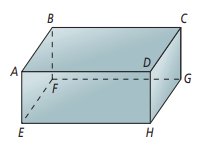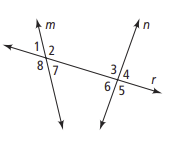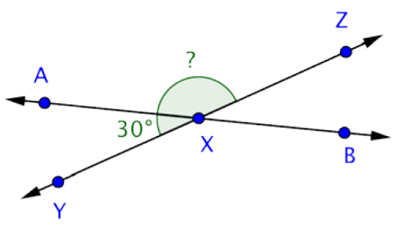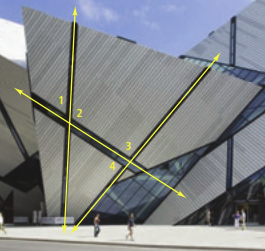Unit 3 Lesson 1 Lines and Angles
Unit 3 Lesson 1: Lines and Angles
Lesson Overview
Lines and Angles
What You Will Learn
- understanding of relationships of nonintersecting lines, planes, and angles formed by two lines and a transversal
Additional Resources
Overview
 In this lesson, you will explore relationships of nonintersecting lines, planes, and angles formed by two lines and a transversal.
In this lesson, you will explore relationships of nonintersecting lines, planes, and angles formed by two lines and a transversal.
Essential Understanding
Not all lines and not all planes intersect.
This course is based on a textbook that is viewable by clicking on the textbook icon. Keep the textbook open while you go through the lesson so that you may refer to it throughout the lesson.
Lesson 1: Lines and Angles
Proceed to the Next Page
Prepare for Application
Instructions
You have now studied the Properties of Parallel Lines. It is now time to demonstrate your learning.
Try the activities below on your own. You should be able to answer these before beginning the practice.
Do these activities in your journal.

Refer to Problem 1 on page 91 in your online textbook for questions 1-4
- Which segments are parallel to ?
- Explain why and are not skew.
- What is another pair of parallel planes?
- What are two segments parallel to plane ?

Refer to Problem 2 on page 92 in your online textbook for question 1
- What are three pairs of corresponding angles?
Refer to Problem 3 of page 93 for question 1
- Are angles 1 and 3 alternate interior angles, same-side interior angles, corresponding angles, or alternate exterior angles?





